#scienceforkids
Text
TYPES OF GALAXIES, PART 3:
Elliptical Galaxies
The image shown is NGC 2865 captured by the Hubble Space Telescope, and is an elliptical galaxy located 100 million light-years away.
© ESA/Hubble & NASA
Elliptical galaxies have shapes that range from completely round to oval. They are less common than spiral galaxies.
Unlike spirals, elliptical galaxies usually contain little gas and dust and show very little organization or structure. The stars orbit around the core in random directions and are generally older than those in spiral galaxies since little of the gas needed to form new stars remains. Scientists think elliptical galaxies originate from collisions and mergers with spirals

#science#scifi geek#astronomy#space lovers#space exploration#space facts#outer space#space#space is cool#astronomy facts#science is cool#science facts#science is fun#learning#science is magic#scienceforall#scienceforkids
48 notes
·
View notes
Text
Explore the wonders of science with Science Classes in Singapore by Kiya Learning. From biology to physics, our courses engage students with interactive experiments and insightful discussions, fostering a love for scientific inquiry.
#ScienceClassesSG#SingaporeScience#ScienceEducation#STEMEducation#SingaporeEducation#ScienceTuition#ScienceWorkshops#BiologyClasses#ChemistryClasses#PhysicsClasses#SingaporeSchools#ScienceEnrichment#STEMLearning#SingaporeLearningHub#ScienceCommunity#EducationForAll#ScienceSkills#ScienceForKids#STEMCurriculum#LearningIsFun
0 notes
Text
Science Classes in Singapore: Explore the wonders of the natural world with our Science classes in Singapore. Engage in hands-on experiments and inquiry-based learning to deepen understanding of scientific concepts.
#ScienceClasses#ScienceEducation#STEMClasses#STEMEducation#LearnScience#ScienceTutor#BiologyClasses#ChemistryClasses#PhysicsClasses#EarthScience#LifeScience#PhysicalScience#EnvironmentalScience#ScienceForKids#ScienceForStudents#ScienceForAll#ScienceIsFun
0 notes
Text
Your Partner in PhD Success – Guiding Your Path to Academic Excellence and Research Achievement.
https;//phdguides.org
wa.me/919340282643
#thesiswriting#phd#phdguidance#academicresearch#careerdevelopment#mentoring#guidance#phdguides#phdscholarship#phdwriting#PhD#phdlife#phdstudent#research#phdjourneyy#scienceforkids#gradschooll#thesis#dissertation#phdproblems#academia#gradstudent#academiclife#university#gradschoollife#gradschoolproblems#graduateschool#phdstudentlife#mastersdegree#phdchat
0 notes
Text
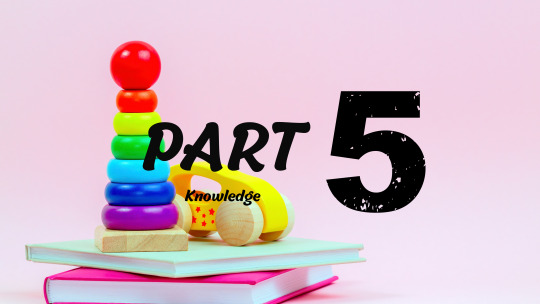
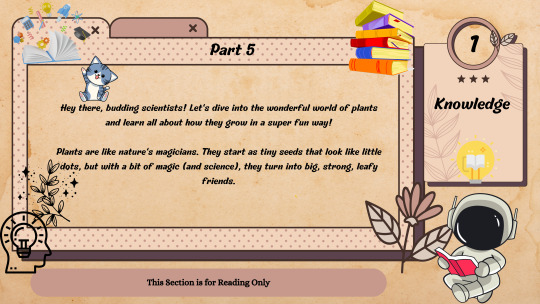
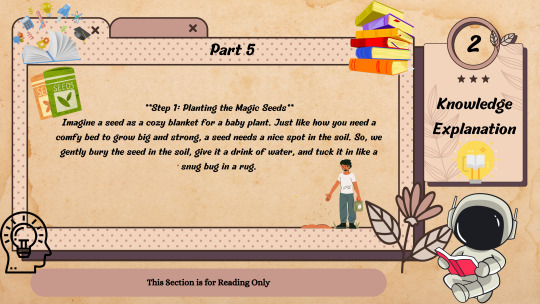

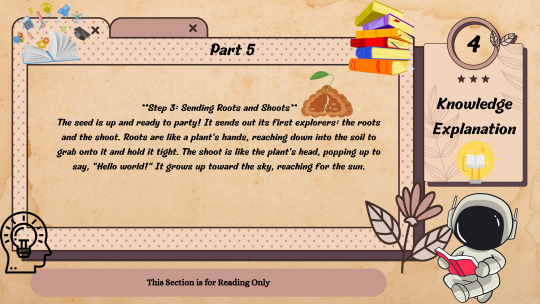

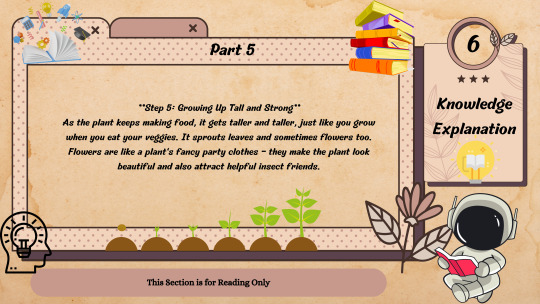

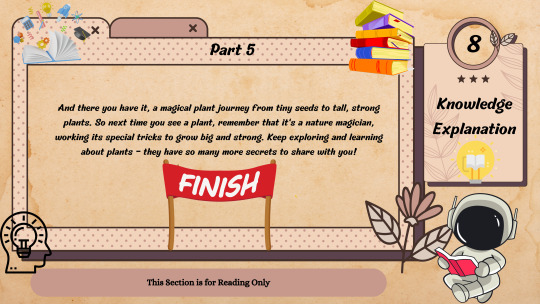
🌱🌼📚 Let's embark on a green adventure with Kids Growth Set 1 - Part 5! 🌿🌻
🌱 It's time for your little ones to discover the magic of plant growth! 🌱🌞
🧒👧 Our fun and educational explanation is perfect for young minds eager to learn about nature. 🌍📖
🌟 Join us in cultivating knowledge, nurturing curiosity, and growing little botanists! 🌱🔍
#KidsLearning#PlantGrowth#GreenThumb#EducationForKids#BotanyBasics#YoungExplorers#NatureLovers#LearningIsFun#GrowingPlants#EducationForAll#CuriousMinds#ScienceForKids#BotanicalAdventure#ParentingWins#UnlockingCuriosity#HandsOnLearning#GrowingKnowledge#LittleBotanists#PlantMagic#ExploringNature#EducationalFun#LearningJourney#GreenWorld#NatureEducation#SmartParenting#Botany101#KidsAndPlants#GreenLife#FutureScientists#PlantingSeeds
0 notes
Link
🧼🔬👨🔬 Shaving cream is not just for grooming! It can also be used for a fun and educational experiment that kids and adults alike will enjoy. This experiment involves only a few household items and can be done in the comfort of your own home. 🌟🧪 The shaving cream experiment is a great way to teach kids about density and buoyancy. By adding food coloring to shaving cream and placing it in water, they can observe how the shaving cream floats on top of the water due to its lower density. This simple experiment can help kids understand how different objects can have different densities and how that affects their behavior in water. 👩👧👦🤩 Not only is the shaving cream experiment educational, but it's also a lot of fun! Kids can get creative with the colors they use and even make patterns in the shaving cream before placing it in the water. This experiment is a great way to spend quality time with your family while also learning something new. So why not give it a try and see what kind of colorful creations you can come up with!1. The Science Behind Shaving Cream: Understanding the Chemical ReactionShaving cream is more than just a foam. It's a chemical reaction between the ingredients and air. The main component is water, which hydrates the skin and hair. Fatty acids and oils lubricate the razor and prevent cuts. Glycerin and other humectants attract moisture to the skin. When you apply shaving cream, the air gets trapped in the mixture, creating a foam. The air bubbles make the cream lighter and easier to spread. The foam also helps to lift the hair away from the skin. The result is a closer and smoother shave. The chemical reaction between the ingredients and air is also responsible for the scent of shaving cream. Essential oils and fragrances are added to create different scents. The aroma is released when the cream is lathered. Some scents, like peppermint, can also have a cooling effect on the skin. Choosing the right shaving cream can make a big difference in your shaving experience. Look for creams with natural ingredients and no harsh chemicals. Consider your skin type and any sensitivities you may have. Experiment with different scents and textures to find your perfect match.🧔🏻 2. A Step-by-Step Guide to Conducting a Shaving Cream Experiment🧪 Materials needed: - Shaving cream - Food coloring - Clear cups - Toothpicks - Vinegar - Baking soda 🔬 Steps: 1. Fill each cup with shaving cream. 2. Add a few drops of food coloring to each cup. 3. Use a toothpick to swirl the colors into the shaving cream. 4. Add a small amount of baking soda to each cup. 5. Slowly pour vinegar into each cup and observe the reaction. 👀 Observations: - The shaving cream will expand and rise. - The colors will mix and create new colors. - Bubbles will form and pop. - A chemical reaction between the vinegar and baking soda will occur. 🤔 Explanation: The reaction between the vinegar and baking soda creates carbon dioxide gas, which causes the shaving cream to expand. The food coloring mixes with the shaving cream and creates new colors. The bubbles are formed by the carbon dioxide gas and pop when they reach the surface. 🧐 Conclusion: This experiment demonstrates a chemical reaction and the properties of shaving cream. It can also be used to teach color mixing and observation skills.3. The Importance of Safety Measures When Conducting the ExperimentWhen conducting an experiment, safety measures are crucial to prevent accidents and injuries. Wear proper protective gear, such as gloves and goggles. Ensure the workspace is well-ventilated. Handle chemicals and equipment with care. It's essential to read and follow the instructions carefully, and never deviate from the experiment's guidelines. Always have a first-aid kit nearby and know how to use it in case of an emergency. Be aware of the potential hazards and risks associated with the experiment. Keep a fire extinguisher nearby and know how to use it. Never leave the experiment unattended. Remember, safety should always be the top priority when conducting an experiment. 🧪👷♀️🚨4. Exploring the Different Variables that Affect the Outcome of the ExperimentThere are several variables that can affect the outcome of an experiment. Here are some of them: Independent Variable: This is the variable that is manipulated or changed in the experiment. Dependent Variable: This is the variable that is measured in the experiment and is affected by the independent variable. Control Variable: This is the variable that is kept constant throughout the experiment to ensure that only the independent variable is affecting the dependent variable. Other variables that can affect the outcome of an experiment include: Sample Size: The larger the sample size, the more accurate the results. Environment: The environment in which the experiment is conducted can affect the results. Time: The time of day or year can affect the outcome of the experiment. It is important to identify and control for these variables to ensure accurate and reliable results. 🧐5. Analyzing the Results: What Can We Learn from the Shaving Cream Experiment?🔍 After conducting the shaving cream experiment, we can learn a lot about the science of foam. 🔬 The results showed that the shaving cream with more air pockets produced more foam. 🧪 We also learned that adding more water to the shaving cream decreased the amount of foam produced. 🤔 These findings suggest that the amount of air and water in a substance can greatly affect its ability to foam. 💡 By understanding the science behind foam, we can apply this knowledge to other areas such as cooking and cleaning.6. Fun and Creative Ways to Incorporate the Experiment into Your Science Curriculum💡 Looking for fun and creative ways to incorporate experiments into your science curriculum? Here are some ideas to get you started: 🔬 Create a science fair: Encourage students to design and conduct their own experiments, then present their findings to the class. 🎨 Art meets science: Have students create art inspired by science experiments, such as drawing the phases of the moon or creating a model of the solar system. 🌿 Outdoor exploration: Take your class outside to explore nature and conduct experiments, such as observing the growth of plants or identifying different types of rocks. 🔍 Mystery experiments: Give students a mystery experiment to solve, such as identifying an unknown substance or figuring out how to make an egg float. 🎭 Role-play experiments: Have students act out scientific experiments, such as demonstrating the water cycle or the process of photosynthesis. 🎲 Game-based learning: Turn science concepts into games, such as a trivia game about the periodic table or a board game about the human body. 💡 These fun and creative ideas will not only engage your students but also help them learn science in a memorable way. Try them out and see how much your students enjoy learning! In conclusion, the shaving cream experiment is a great way to teach kids about science while having fun. It's a simple and affordable activity that can be done at home with minimal preparation. By adding food coloring and different materials, you can create a variety of colorful and exciting experiments. 👨👩👧👦 Parents can use this experiment to bond with their children and spark their interest in science. It's a great way to spend quality time together while learning something new. Plus, it's a mess-free activity that can be easily cleaned up with a damp cloth. 🌟 Overall, the shaving cream experiment is a fantastic way to introduce kids to the world of science. It's a fun and educational activity that can be enjoyed by all ages. So, grab some shaving cream and get ready to have some messy, colorful, and exciting fun! https://shavingformen.com/shaving-cream-experiment-fun-and-educational/?_unique_id=648b88becc1b0
#Uncategorised#educationalactivities#handsonlearning#scienceforkids#sensoryplay#shavingcreamexperiment#aiomatic_0
0 notes
Photo
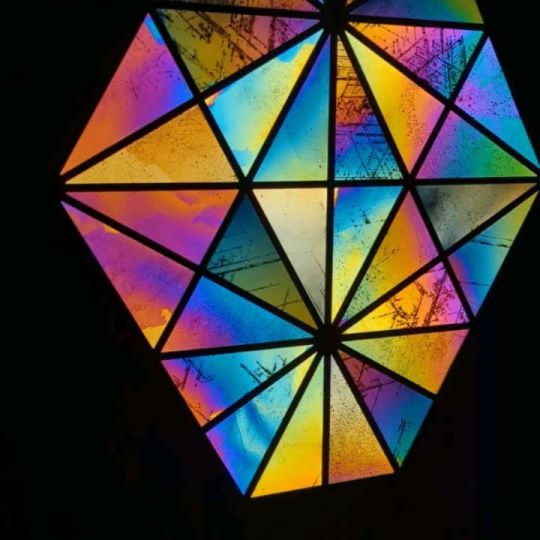
In fiber optic or free space infrastructures, photonic components and opto-electronic equipment form the backbone of our telecommunications networks. Photonic technologies are available on different network segments ranging from spatial interconnections, international and national, to the supply of our homes (FTTH – Fiber To The Home) or mobile sites (FTTAntenna). #light #photonics #openscience #frenchtech #internationallightday #illelumiere #ithra #optics #scienceforkids 🌌🔭 #champslibres #rennes (à Les Champs Libres) https://www.instagram.com/p/Co_5fWtLg02/?igshid=NGJjMDIxMWI=
#light#photonics#openscience#frenchtech#internationallightday#illelumiere#ithra#optics#scienceforkids#champslibres#rennes
0 notes
Text
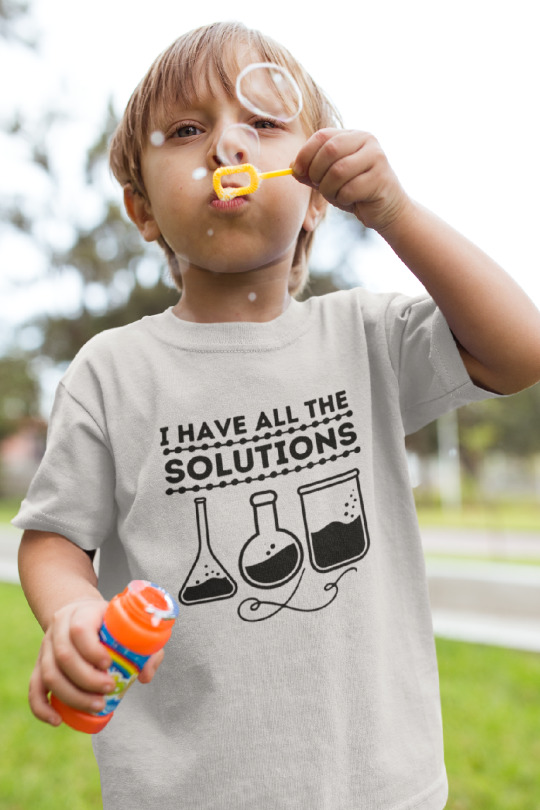

Science is not my cup of tea but science humor is!
Adventuretown.redbubble.com
0 notes
Photo
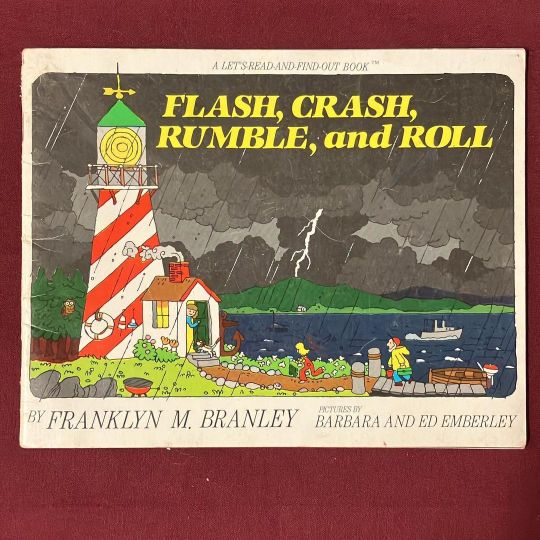
A Let’s-Read-And-Find-Out Book. Let’s learn about weather! #slickcatbooks #greatbooksgreatmemories #flashcrashrumbleandroll #weather #lightning #thunder #rain #clouds #science #scienceforkids https://www.instagram.com/p/CjZhaecgbEk/?igshid=NGJjMDIxMWI=
#slickcatbooks#greatbooksgreatmemories#flashcrashrumbleandroll#weather#lightning#thunder#rain#clouds#science#scienceforkids
0 notes
Photo
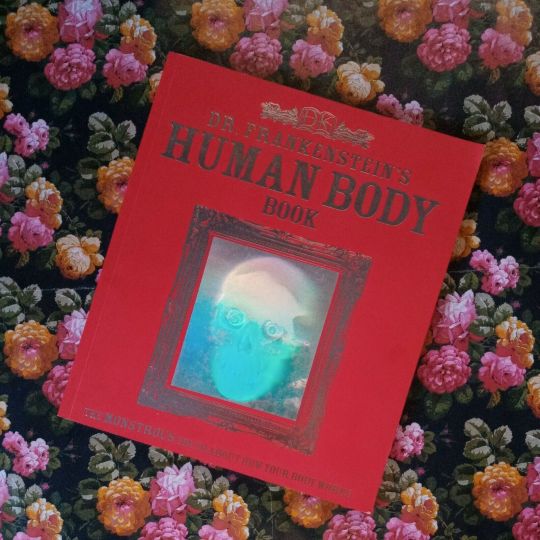
The reader becomes the good doctor's trusty lab assistant as he reconstructs a human body from the skeleton out, in a title that uses bold imagery and the most recent scientific information to bring the human body to life. By the author of The Visual Dictionary of Human Anatomy.
buy it here: https://www.ebay.com/itm/125208965578?hash=item1d270931ca:g:S~UAAOSw4RBiM8BH
#books#booksforkids#books & libraries#kids#humanbody#humananatomy#scienceforkids#science for kids#teacher#teaching#anatomy#dictionary#read is fun#readisfun#readisfundamental#learning#educational#education#catsandbookstore
1 note
·
View note
Text
animal facts are the way into my heart <33 scienceforkids my love <3
5 notes
·
View notes
Photo

I've been exploring a lot of STEAM-related and sensory activities to do in the library to make connections with nonfiction, as last year I did mostly fiction and want to encourage more exploration of and inquiry of nonfiction, as well as sensory activities to do with the EA kinders! This book is absolutely perfect for so many of these goals! It offers science and art activities to connect kids with nature, incredibly creative ones, using mostly sustainable materials (something I've been wanting to get better on, as I've been using too much plastic - dollar tree tablecloths, etc). Many of these would have a natural connection to how indigenous people and others are protecting the earth today (as they have been for centuries) and how science reveals the need for taking care of the earth. Our school motto is "we take care of ourselves, take care of each other, and take care of this place," and how better to start environmental stewardship than with that motto paired with some fun, mindful, and scientific activities! I recommend this book for early childhood teachers, any teachers really, and families - it's beautiful, smart, thoughtful, and creative. #takecareoftheearth #takecareoftheplanet #environmentalism #environmentalstewardship #kidsinnature #nature #sensorystorytime #steam #steaminthelibrary #schoollibrarian #schoollibrary #librariansofinstagram #librariansfollowlibrarians #gentleparenting #green #teachersofInstagram #teachingresources #teachersfollowteachers #sensoryactivity #sciencebooksforkids #scienceforkids #sustainability #libraryteacher #library #librarian #schoollibrariansofinstagram https://www.instagram.com/p/CiF9jXLO7b6/?igshid=NGJjMDIxMWI=
#takecareoftheearth#takecareoftheplanet#environmentalism#environmentalstewardship#kidsinnature#nature#sensorystorytime#steam#steaminthelibrary#schoollibrarian#schoollibrary#librariansofinstagram#librariansfollowlibrarians#gentleparenting#green#teachersofinstagram#teachingresources#teachersfollowteachers#sensoryactivity#sciencebooksforkids#scienceforkids#sustainability#libraryteacher#library#librarian#schoollibrariansofinstagram
0 notes
Text
Science education fosters curiosity and critical thinking skills, empowering students to understand the natural world and make informed decisions. Science classes in Singapore cover a wide range of topics, including biology, chemistry, physics, and environmental science.
#ScienceClassesSingapore#ScienceTuitionSG#ScienceEducation#ScienceLearning#STEMEducation#ScienceForKids#ScienceForTeens#ScienceEnrichment#ScienceExperiments#ScienceWorkshops#ScienceCurriculum#SingaporeEducation#STEMLearning#ScienceAcademySG#ScienceForAllAges#ScienceCommunity#STEMForFuture#ScienceSkills#STEMEnrichment#ScienceAndTechnology#ScienceInstituteSG#ScienceEducationHub#ScienceTeachers#ScienceExperiences#ScienceExploration#SingaporeSTEM#STEMForKids#STEMForTeens#STEMForAllAges
0 notes
Text
Science Classes in Singapore: Explore the wonders of the natural world with our Science classes in Singapore. Engage in hands-on experiments and inquiry-based learning, deepening understanding of scientific concepts in biology, chemistry, and physics.
#ScienceClasses#ScienceEducation#STEMEducation#LearnScience#ScienceForKids#ScienceClassroom#HandsOnScience#STEMLearning#ScienceCurriculum#STEMClass#ScienceExperiments#STEMKids#ScienceLab#ScienceTeacher#STEMCurriculum
0 notes
Video
youtube
Dancing Raisins Science Experiment | Science For Kids | Easy Peasy DIY For Kids
Have you seen dancing raisins? Let's try Dancing Raisins experiment! Doing these science experiments for kids is a lot of fun and it's easy to do them at home. This amazing science for kids experiment does not require any special supplies and can be easily done with regular household items. Adult support is needed, especially when you're dealing with vinegar. All you need for this home science experiment are: - raisins; - clear glass; - unopened soft drink, 591 mL. Instructions: 1. Open and slowly pour soft drink into the glass until it is full for 2/3. 2. Drop 5-7 raisins into the glass. 3. Wait and watch what happens. How it works: When you drop raisins into the glass, they initially sink to the bottom, because they are more dense than water. Carbon dioxide bubbles stick to the raisins and lift raisins up to the surface (increase raisins buoyancy). Once carbon dioxide bubbles pop on the surface, the raisins will sink to the bottom of the glass. This process continues until there is no carbon dioxide left in the soft drink. Now change a soft drink to water, add some baking soda and vinegar. Drop some lentils and watch!
#science#scienceforkids#science experiments#scienceexperimentsforkids#easypeasydiyforkids#kidsscience#experiments#science project#tumblr#likes#instagram#kids#kids videos#science experiment#like#tumblrgirl#i love science#science is amazing#scienceisfun
2 notes
·
View notes
Video
A fun little animation of a Tardigrade, also known as a Water Bear, struggling to make it way toward food. Roughly the size of a grain of salt... These are impressive little creatures!! 🧸 They're mostly found in moist environments and usually feeding on plant cells, but Tardigrades are known to be indestructible. Water provides the oxygen via a gas exchange, and in dry conditions, they enter a cryptobiotic state of desiccation to survive for years, decades, or more... In this state, water bears can survive extreme temperatures, both hot and cold, extreme pressure, such as deep underwater and the vacuum of space, and they are able to endure high levels of radiation. #scientificanimation #tardigrade #waterbear #medicalanimation #animationstudio #biology #moleculargastronomy #scietificillustration #scienceforkids #pharmaceutical #scientific #sciart #scicom #visualcommunication #viscom #scientificstorytelling #storytelling #cinematic #cinematography #cinema4d #redshift3d #redshift #healthcaremarketing #maxon #agency #marketingagency (at Manhattan, New York) https://www.instagram.com/p/CSZ4A0yFUMU/?utm_medium=tumblr
#scientificanimation#tardigrade#waterbear#medicalanimation#animationstudio#biology#moleculargastronomy#scietificillustration#scienceforkids#pharmaceutical#scientific#sciart#scicom#visualcommunication#viscom#scientificstorytelling#storytelling#cinematic#cinematography#cinema4d#redshift3d#redshift#healthcaremarketing#maxon#agency#marketingagency
1 note
·
View note